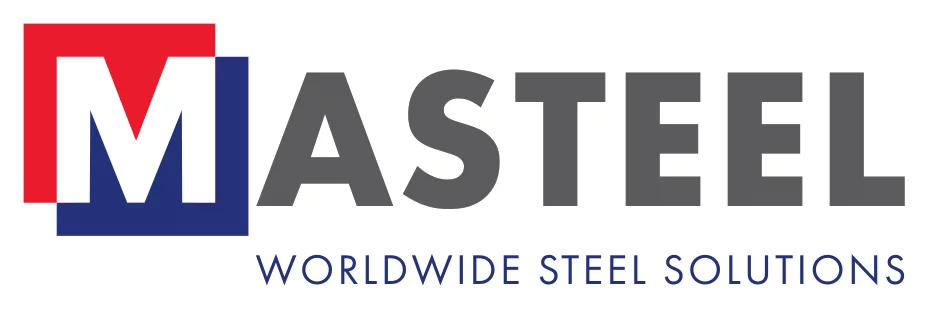Modern warfare demands versatility, and nowhere is this more apparent than in the design of amphibious assault vehicles (AAVs). Operating effectively on both land and water, amphibious assault vehicles face unique engineering challenges that push materials to their limits. Steel remains one of the most debated material choices in the construction of these platforms, valued for its protective capabilities, yet questioned for its weight and effect on water mobility. Despite such concerns, steel continues to play a critical role in the design and function of modern amphibious vehicles.
What Are Amphibious Assault Vehicles?
Amphibious assault vehicles are dual-environment military platforms designed to move troops, equipment, and firepower from ship to shore and across land. First introduced during World War II with the Landing Vehicle Tracked (LVT), these vehicles have evolved into advanced systems capable of operating in contested coastal zones and riverine environments without the need for ports or roads.
As amphibious assault vehicles have grown more capable, the materials used in their construction have become increasingly important. Steel, in particular, is subject to ongoing scrutiny. Its strength and ballistic resistance make it a leading candidate for protection and structural performance, yet its density presents challenges for buoyancy and manoeuvrability in aquatic environments. The challenge lies in applying the right types of steel in the right locations to meet both protection and performance demands.
Why Steel is Critical for Amphibious Assault Vehicles
The importance of steel in the construction of amphibious assault vehicles stems from its ability to meet demanding operational and protective requirements. Steel delivers:
- Ballistic Resistance: Provides dependable protection against projectiles, shrapnel, and explosive fragments.
- Structural Durability: Withstands repeated mechanical stress experienced by amphibious assault vehicles during operations.
- Thermal Stability: Maintains structural integrity longer than alternative materials, like Polymer Matrix Composites (PMCs) in high-temperature or fire-exposed environments.
- Ease of Repair: Allows components to be repaired or replaced in the field using standard equipment and techniques.Versatile Integration: Acts as a robust base for integrating modular armour, sensors, and mission-specific equipment.
Armour Steels Used in Amphibious Assault Vehicles
Protection 400 Armour Plate
What it is:
Protection 400 is a quenched and tempered armour steel with a Brinell hardness of about 400. It’s widely used for general ballistic protection in military vehicles due to its balanced properties, including ballistic resistance, weldability, and impact toughness.
Where it is used:
This steel is applied to external hull surfaces, side panels, and non-turret areas on amphibious assault vehicles.
Why it is used:
The strength of Protection 400 enables reliable multi-hit protection against small arms fire and fragments, while good formability and weldability support complex hull shapes and field repairs.
Key advantages:
- Strikes a balance between hardness and toughness
- Supports cost-effectiveness compared to composites
- Suits layered armour systems effectively
Protection 500 Armour Plate
What it is:
Offering higher hardness, Protection 500 has Brinell ratings between 480 and 540. The steel withstands tensile stresses up to 1600 MPa and yields near 1250 MPa.
Where it is used:
Front glacis plates, turret faces, and side skirts tend to be where Protection 500 is used.
Why it is used:
Protection 500 provides enhanced resistance against high-velocity projectiles and repeated impacts, making it critical for survivability in exposed areas of amphibious assault vehicles.
Key advantages:
- Strongly resists penetration and spalling
- Demonstrates sustained durability under multiple hits
- Synergises well with composite and spaced armour systems
Structural Steels Used in Amphibious Assault Vehicles
S690QL High-Strength Steel
What it is:
S690QL is a quenched and tempered structural steel with a yield strength of 690 MPa.
Where it is used:
Typically found in chassis frames, internal supports, suspension components, and substructures.
Why it is used:
With its high mechanical strength and reduced thickness and weight, S690QL possesses the capability to enhance mobility and aquatic performance.
Key advantages:
- Improves mobility and waterborne capability
- Maintains good weldability and machinability
- Facilitates modular vehicle construction
S960QL High-Strength Steel
What it is:
S960QL is an ultra high-strength structural steel with a yield strength of 960 MPa.
Where it is used:
Utilised in critical high-load components such as reinforced internal frames and specialised mounts.
Why it is used:
Enabling lighter structural parts without sacrificing durability, S960QL increases payload capacity and maintains reliable performance under dynamic stress.
Key advantages:
- Allows slimmer, lighter structural elements
- Strengthens payload capacity
- Secures consistent performance under strain
Robust Steel Solutions for Amphibious Assault Vehicles From Masteel
Steel is fundamental to AAV design, delivering the strength needed to face challenges at land and sea. Masteel’s portfolio of armour and high-strength steels helps these vehicles deliver the durability and agility demanded in today’s challenging military environments. Reach out today to explore how our materials can drive your next breakthrough in AAV engineering.
